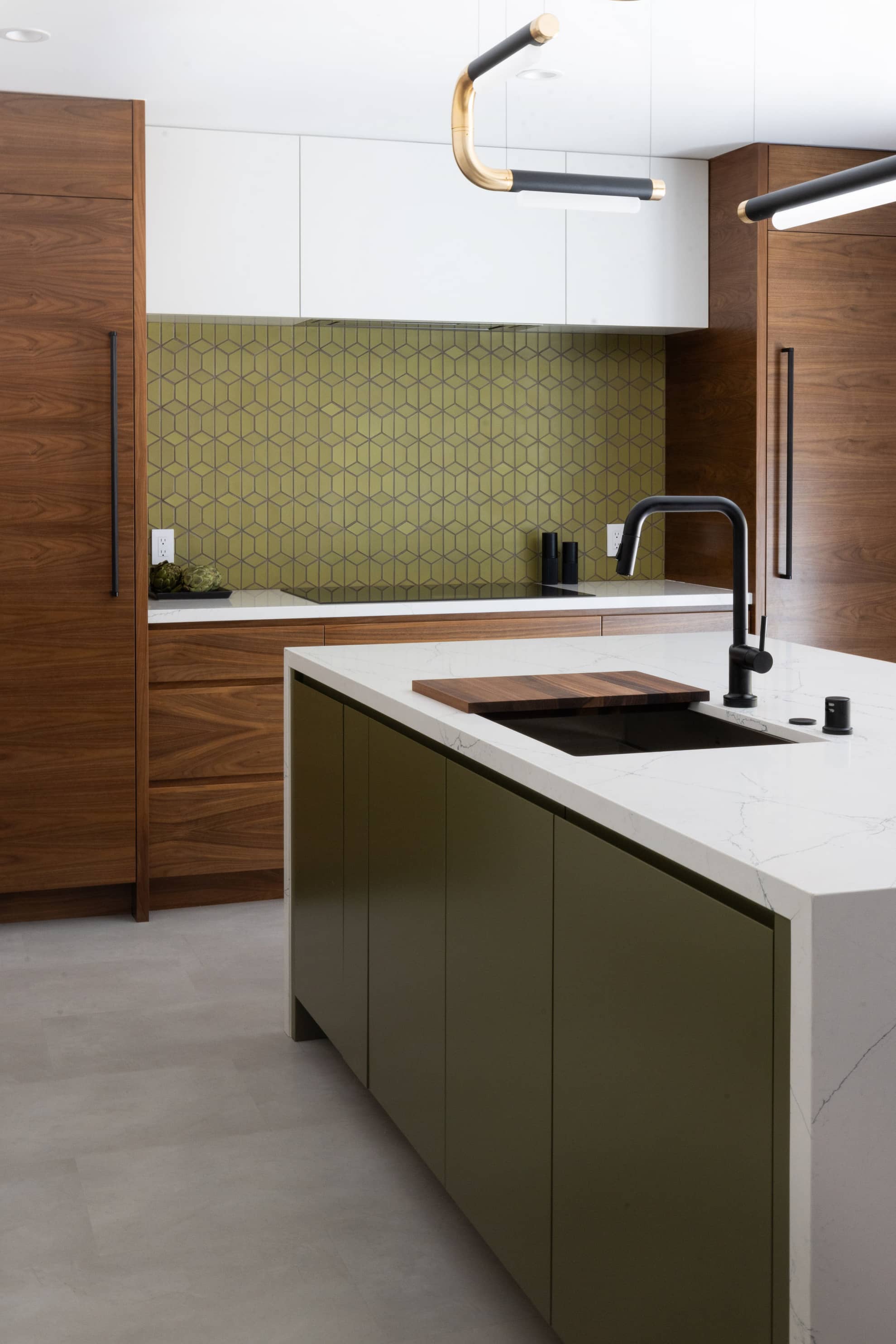2026 is shaping up to be the year of personal expression and comfort in home design. But this isn’t just about color choices or furniture—it reflects a broader cultural shift in how we live, work, and interact with our homes.
Over the past few years, lifestyles have become increasingly fluid. Remote work, hybrid schedules, and home-based learning have turned homes into multifunctional hubs. People aren’t just looking for a place to eat or sleep; they want spaces that adapt to their routines, support well-being, and reflect their individuality. In essence, homes are becoming extensions of personal identity and lifestyle priorities.
This trend also stems from a desire for emotional and sensory comfort. Minimalist, all-white interiors once symbolized modern sophistication, but for many, they began to feel sterile and impersonal. Homeowners increasingly crave warmth, tactile textures, and environments that feel nurturing. Deep earthy tones, curved lines, and handcrafted details are all responses to this need—they create spaces that are visually rich, approachable, and emotionally satisfying.
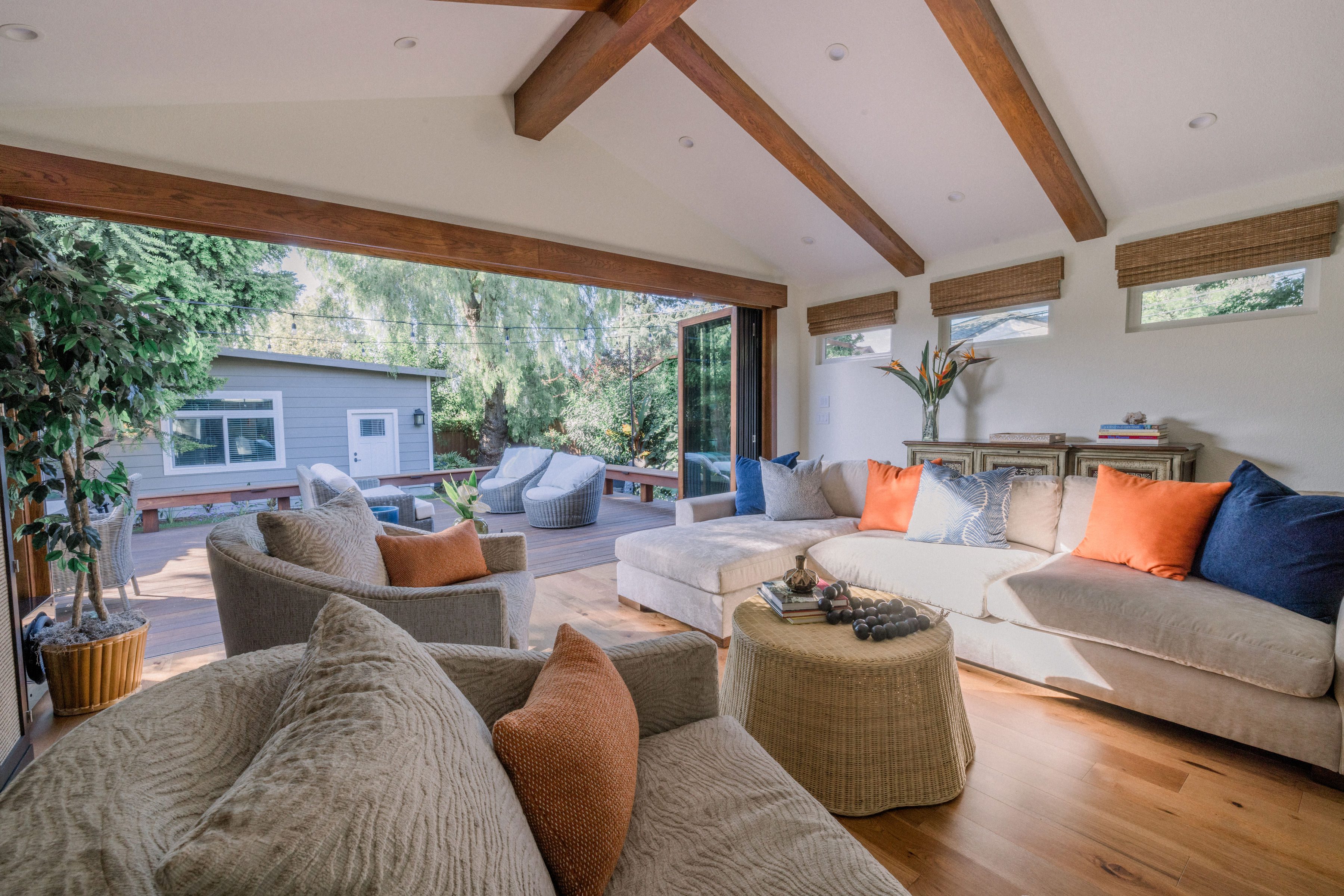
Finally, sustainability and mindful living are influencing the move toward personal expression. People are more intentional about what they bring into their homes, whether it’s artisan-crafted furniture, restored wood, or eco-conscious materials. These choices allow homeowners to combine functionality, sustainability, and style while leaving their personal mark on every room.
In short, the push toward personal expression and comfort is about more than aesthetics—it’s about creating homes that respond to modern lifestyles, foster well-being, and reflect the people who live in them.
“
I love it that trends are moving towards a warmer, more lived in feel. Lately, my clients are asking for a more customized look that fits them rather than what might sell their house in the future. At the end of the day, it’s your home, it should feel like you.”
— Shelly Yoder, Next Stage Project Designer
What’s In
Modern Heritage
The charm of the past meets today’s clean lines. Restored woodwork, antique mirrors, and contemporary furnishings create timeless character while letting homeowners celebrate history in a modern context.
Earthy & Warm Palettes
Gray is fading. Deep greens, terracotta, caramel, and sandy neutrals bring warmth and grounding, helping spaces feel cozy and inviting.
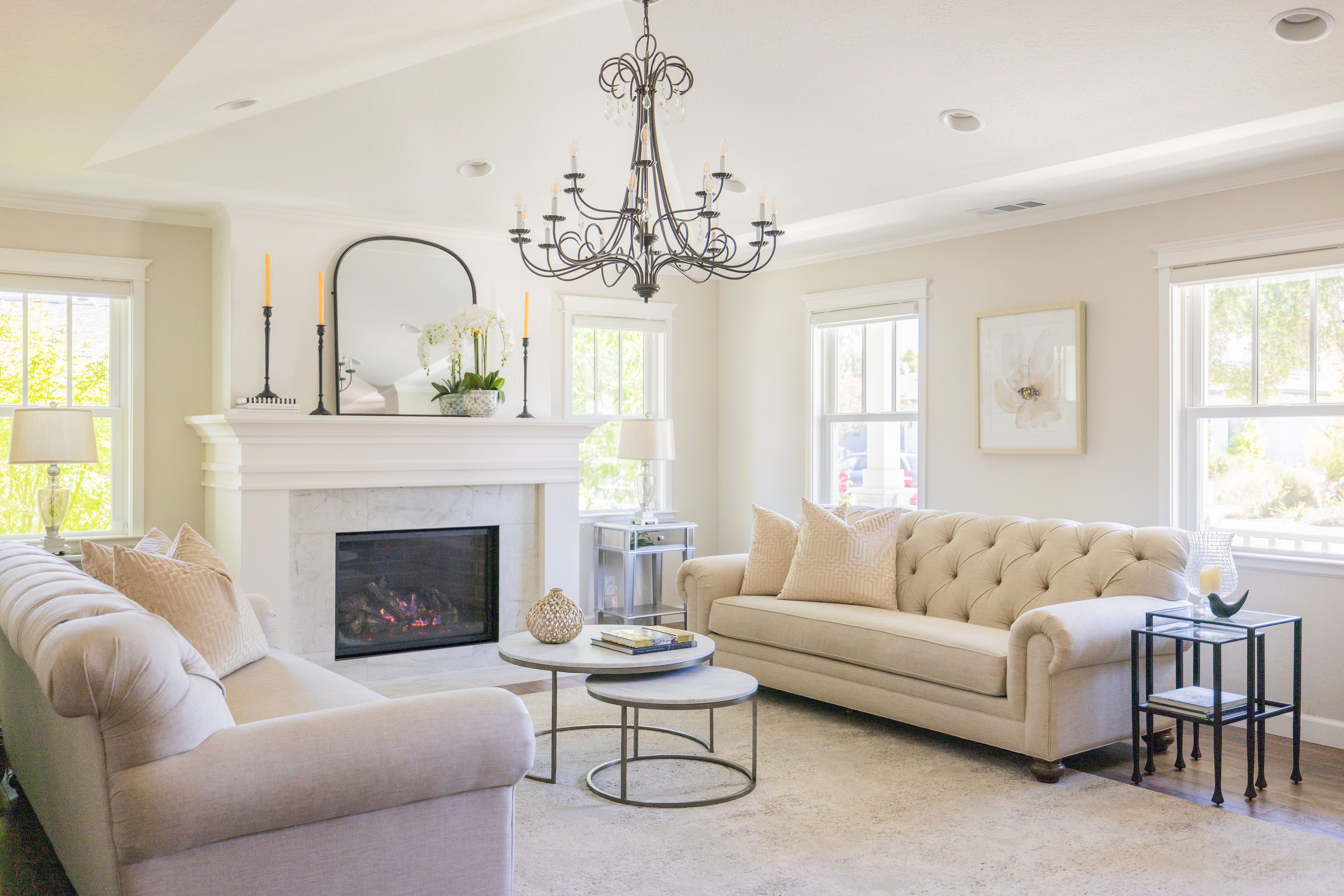
Artisan Details
Handcrafted lighting, bespoke furniture, ceramic tiles, and custom accents inject individuality and soul into each home.
Multifunctional Spaces
Rooms are doing more than ever. Kitchens double as workspaces, living rooms host both movie nights and study sessions, and bedrooms provide meditation or reading corners. Flexible furniture, clever storage, and defined zones allow spaces to adapt seamlessly.
Curved Architecture & Soft Lines
Rounded edges, arches, and sculptural furniture soften interiors, creating a flow that feels natural and approachable.
Wellness-Focused Design
Natural light, smart lighting, tactile materials, and home spa features enhance relaxation and support healthy living. Homes are increasingly seen as havens for both mental and physical well-being.
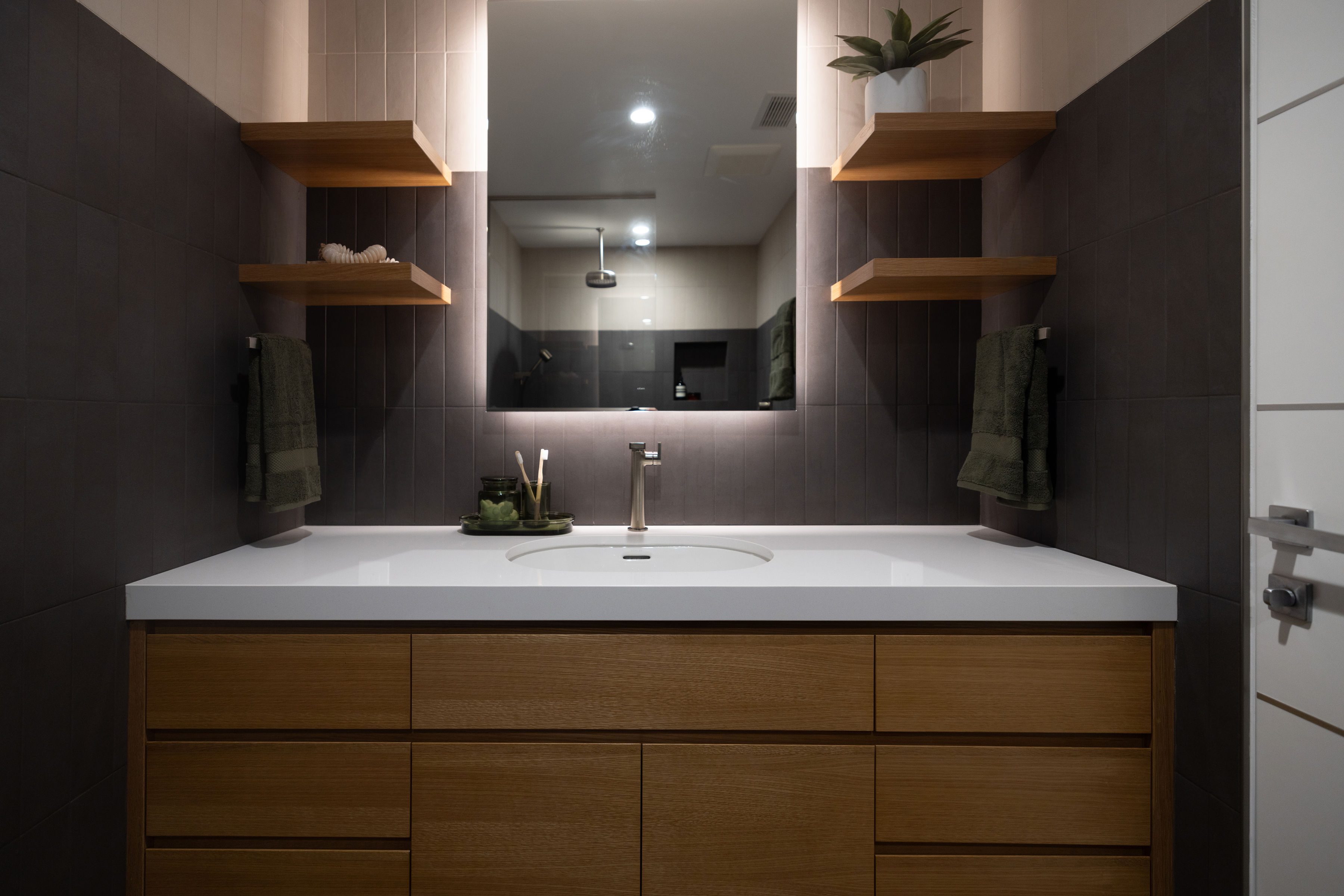
What’s Out
“
We’re incorporating more color in materials instead of keeping it safe with whites and grays.”
— Jackie Valentine, Next Stage Project Designer
Cold Minimalism
The all-white, hyper-curated aesthetic of previous years is giving way to layered, warm, personality-rich interiors. Homes now prioritize comfort and storytelling over perfection.
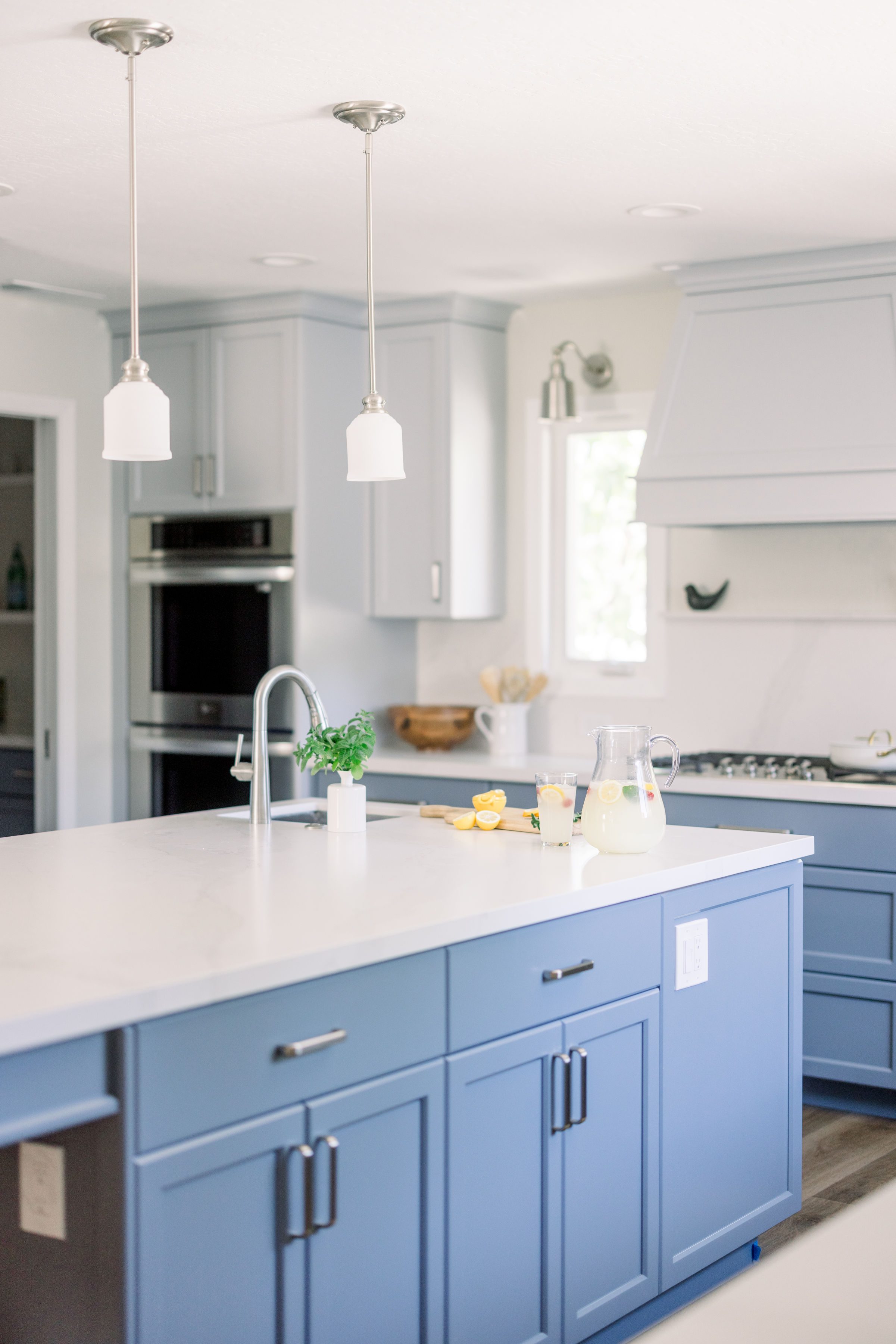
All-Gray Interiors
Flat, gray-dominated palettes are losing ground to the richness of clay, cream, and organic green tones that feel more alive and inviting.
Farmhouse Chic Overload
Overused shiplap, barn doors, Edison bulbs, and rustic clichés are falling out of favor. Designers are gravitating toward balanced natural materials that feel authentic rather than forced.
Multifunctional Spaces
Rooms are doing more than ever. Kitchens double as workspaces, living rooms host both movie nights and study sessions, and bedrooms provide meditation or reading corners. Flexible furniture, clever storage, and defined zones allow spaces to adapt seamlessly.
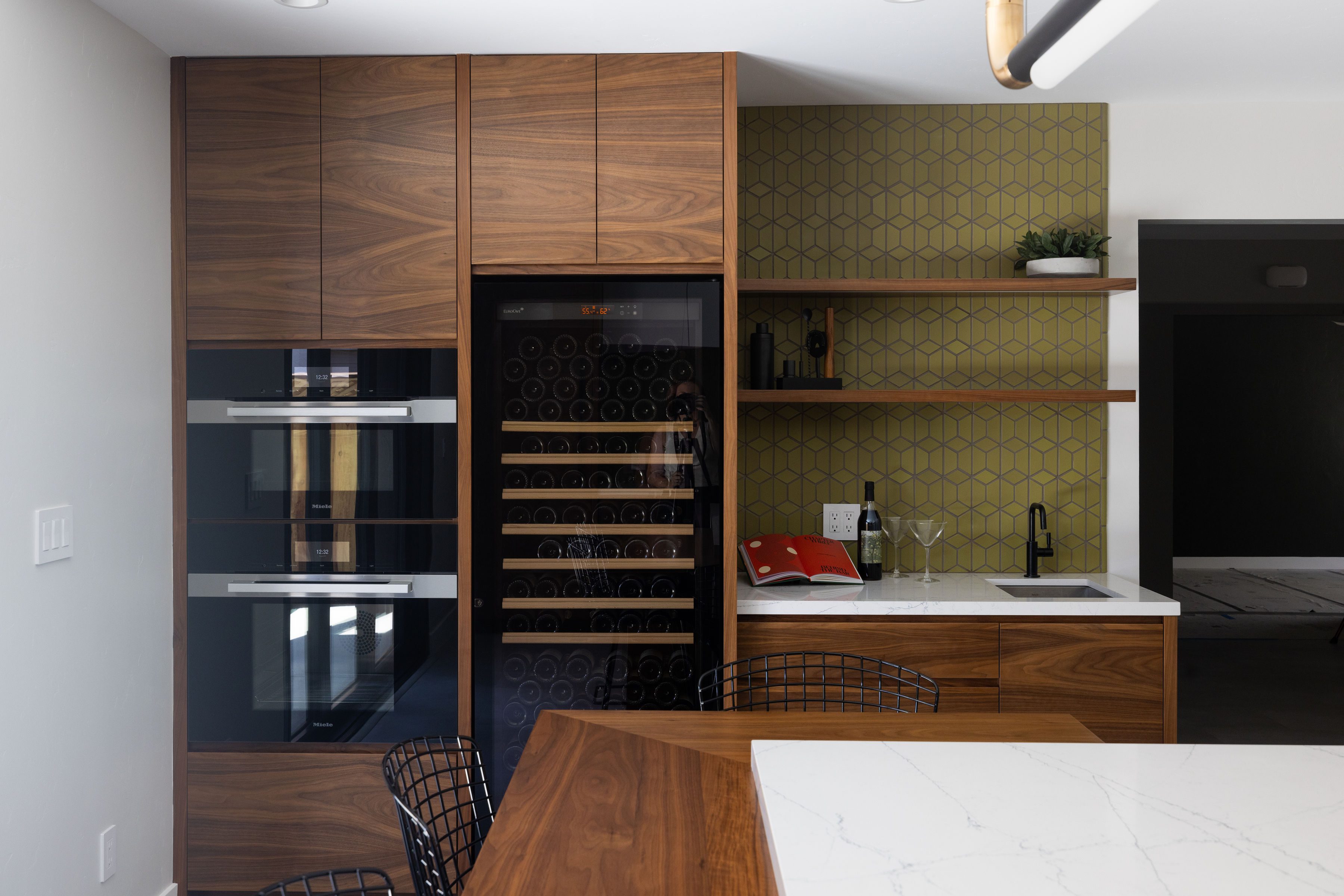
Excessive Open Shelving
While open shelving was once trendy, it can create visual clutter. Closed cabinetry or partial displays that mix practicality with style are replacing the endless rows of exposed kitchen items.
Perfect Symmetry
Cookie-cutter gallery walls and overly staged decor are being replaced by eclectic, collected arrangements. Designers now emphasize “soul over symmetry,” encouraging layered, personal, and meaningful displays.
2026 remodeling trends are all about bringing warmth, personality, and wellness into the home. From curved architecture and artisan details to multifunctional rooms and cozy color palettes, the focus is on spaces that feel lived-in, adaptive, and restorative.
As homeowners seek comfort, functionality, and individuality, next year’s home design trends celebrate authenticity and thoughtful design over rigid perfection. It’s time to embrace homes that truly reflect the people living in them.

